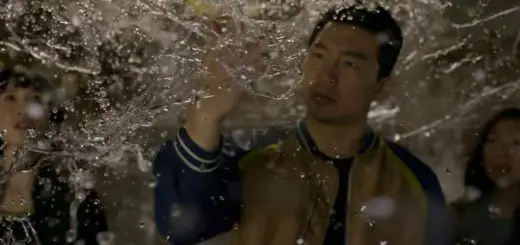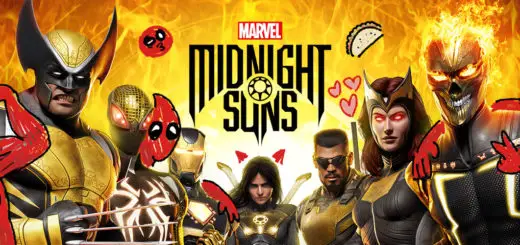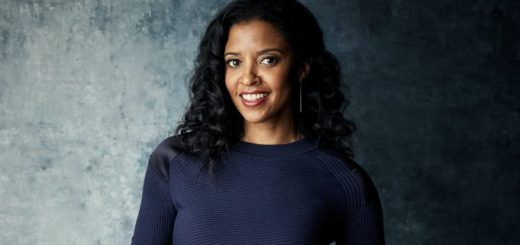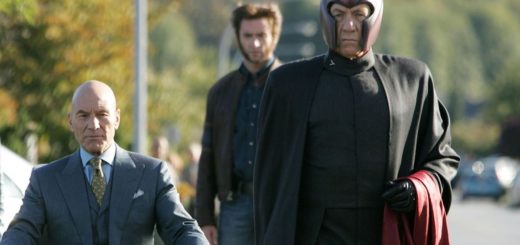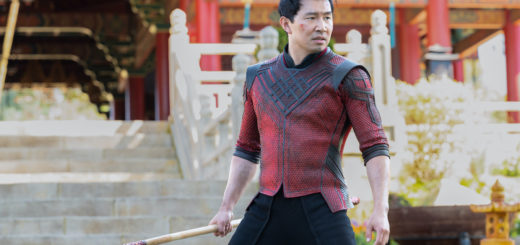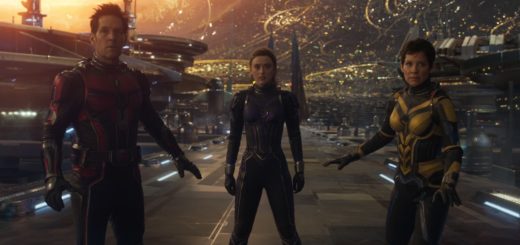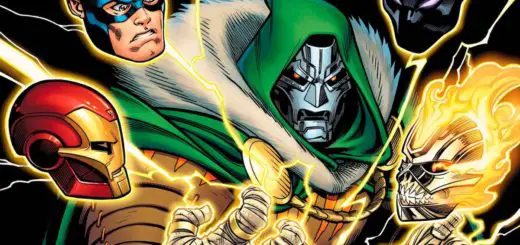MarvelBlog Retro Review: ‘Avengers: Age of Ultron’
In 2012, the Marvel Cinematic Universe brought all its superheroes together in The Avengers, an instant masterpiece.
Marvel quickly planned a follow-up, another Avengers movie that was sure to make a mint at the box office.
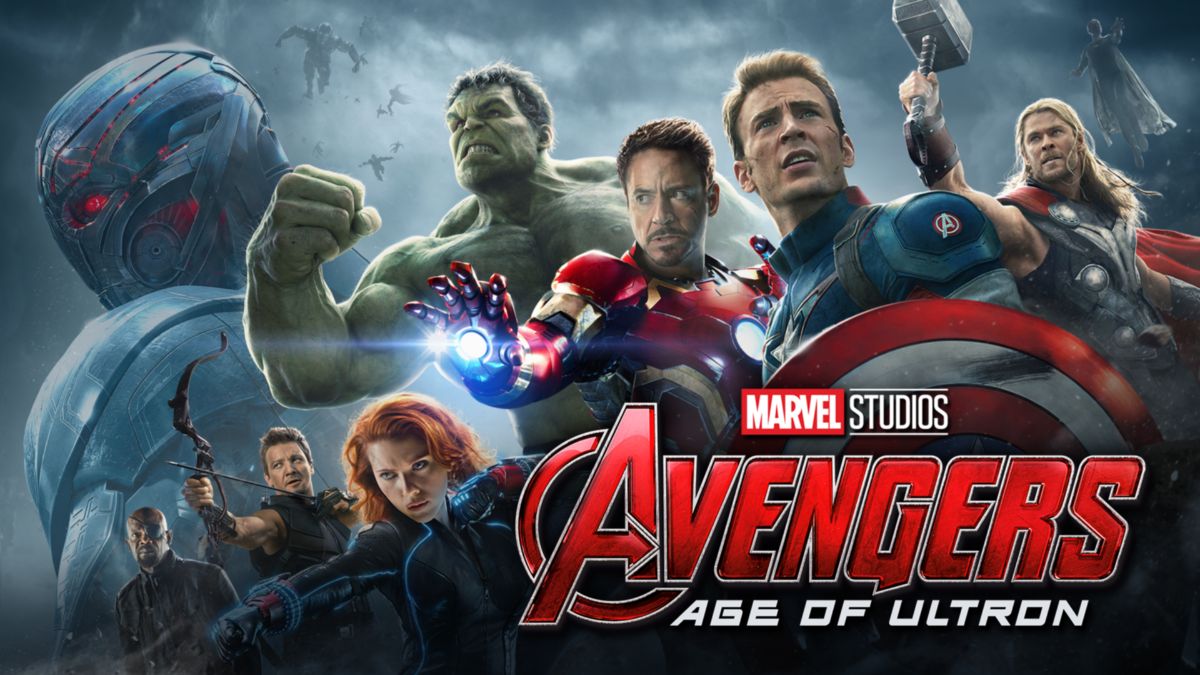
Photo: Marvel
The studio didn’t mess around here, bringing back all the beloved characters from the original as well as the director. And that’s where things get sticky.
In today’s retro review, we’ll take a look at Avengers: Age of Ultron, the film that broke Joss Whedon…which may be a good thing.
Perfect Timing
In 2013, Marvel Comics published a Brian Michael Bendis storyline called Age of Ultron.
This story witnessed one of the greatest villains of The Avengers, Ultron, conquer civilization.

Photo: Marvel
Right around that time, Marvel was planning its Avengers sequel and realized it could do something new.
For the first time, the MCU would adapt a recent comic. Even Captain America: The Winter Soldier used a story that was several years old by then.
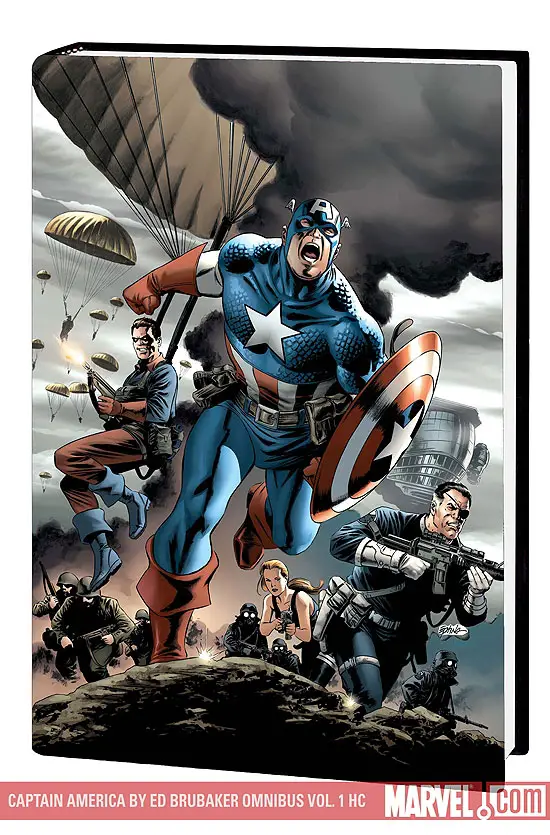
Captain America Omnibus Vol. 1 by Ed Brubaker. Photo: Marvel
Age of Ultron was fresh and new and brimming with possibilities.
Marvel had two aces in the hole for this project. First, it had previously introduced the twins, Pietro and Wanda Maximoff, in a post-credits scene.
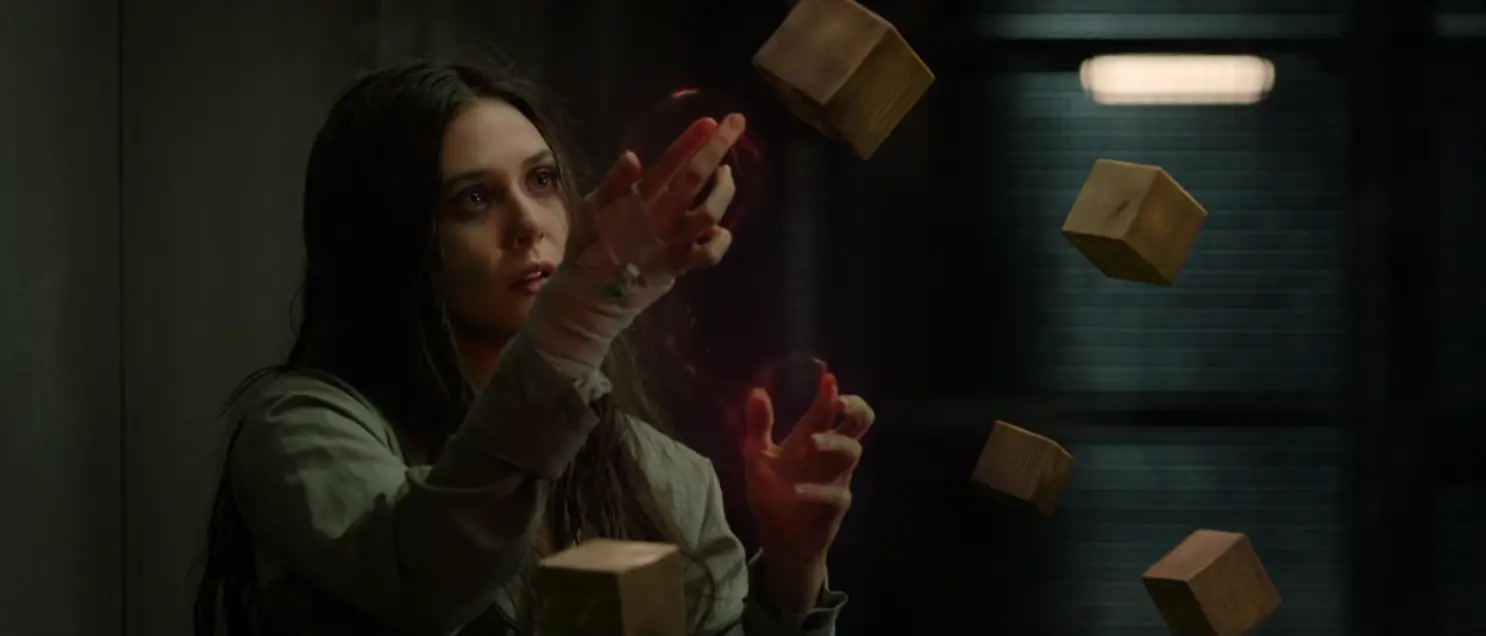
Photo: Marvel Studios
Now, they could appear as worthy adversaries of the Avengers before presumably joining.
Their presence as villains added a bit of intrigue. Still, it was the idea of an Ultron movie that excited diehard Marvel fans.
This nihilist robot has fought the Avengers for more than 50 years. As a result, people associate him with the superhero team as one of its top foes.
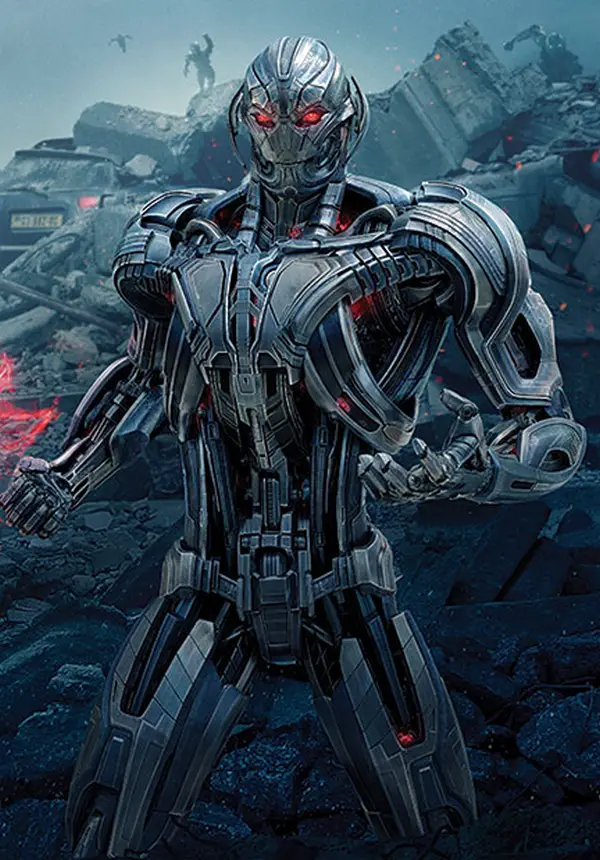
Photo: EW
Marvel also nailed the casting by hiring James Spader in the role. Oddly, this movie represented one of the most obscure cinematic reunions ever.
Iron Man actor, Robert Downey Jr., had played the sidekick to Spader’s character in a 1980s B-movie called Tuff Turf.
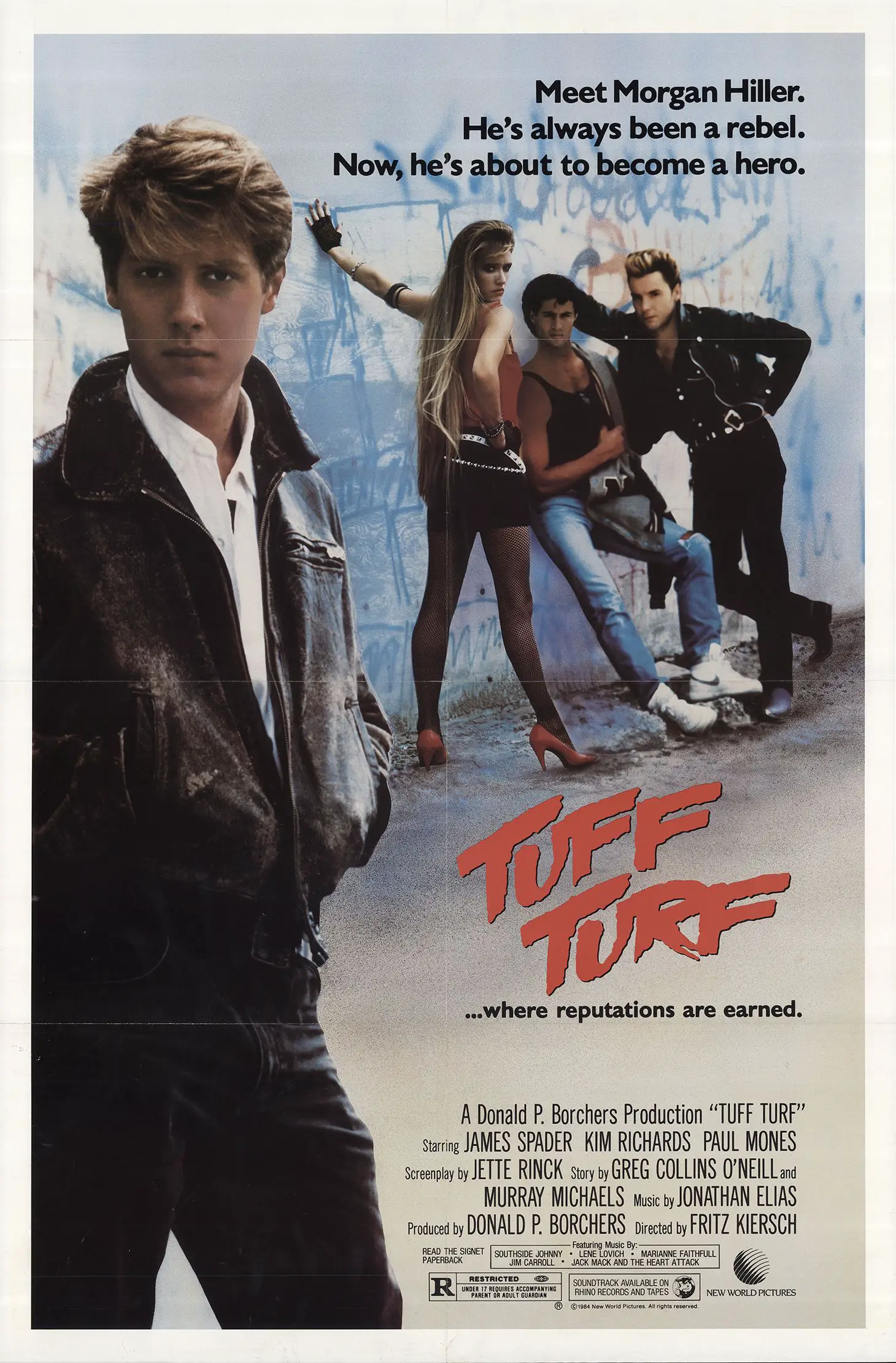
Photo: IMDb
Now, they were working together on a project with 100 times the budget.
Whedon settled on a sublime motive for Ultron, the Pinocchio premise. The robot would loathe the idea of anyone controlling it. So Ultron wanted to be free.

Photo: Marvel Studios
Spader nailed this with his dialogue and delivered one of the greatest performances of his career, unheralded though it may be.
A Good Start
Age of Ultron starts with a battle, as the Avengers infiltrate a HYDRA facility in Sokovia.
Baron von Strucker, another classic Avengers villain, possesses Loki’s scepter, which the superheroes try to retrieve.

Photo: Marvel Studios
Along the way, they encounter the twins, and Wanda’s hex magic does its thing.
In rewatching this time, I noticed that Tony Stark’s visions, while under her influence, accurately portend parts of Avengers: Endgame.
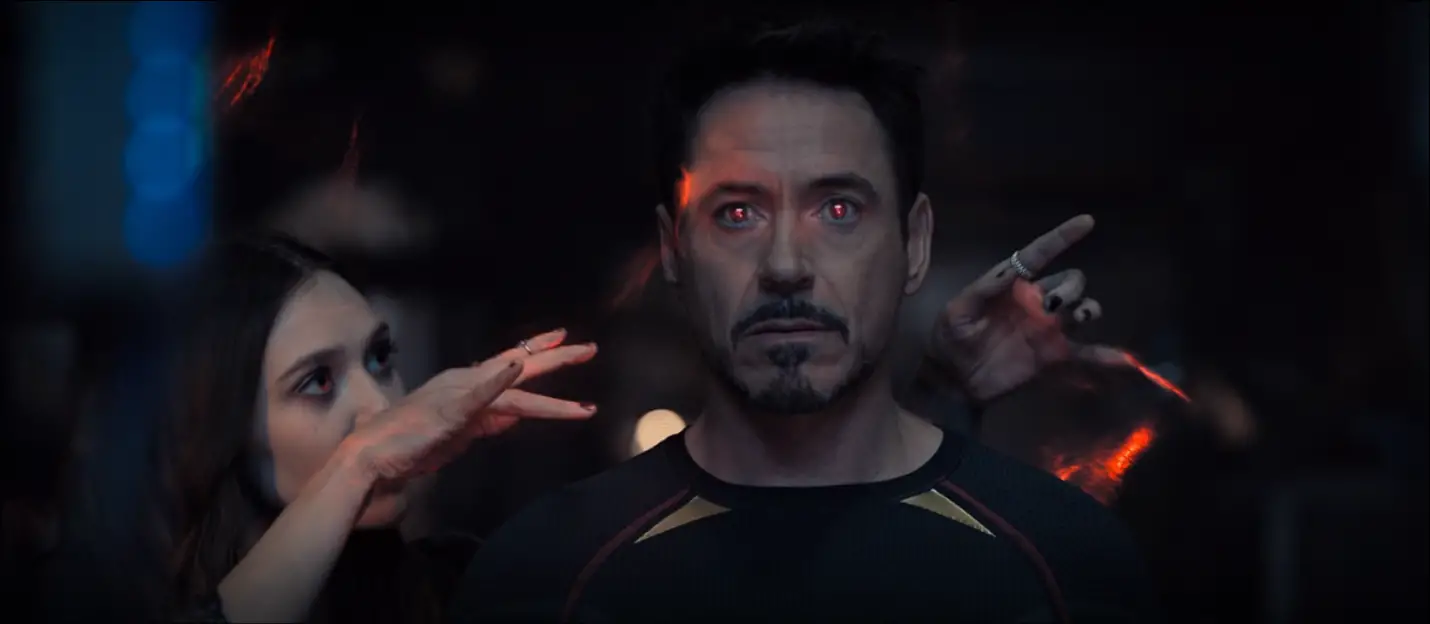
Photo: Marvel Studios
We’ve got a split Shield, a dead Black Widow, and a disapproving Steve Rogers.
Wanda quickly establishes that she’s an S-tier powered being, while Pietro does his annoying fast guy shtick.
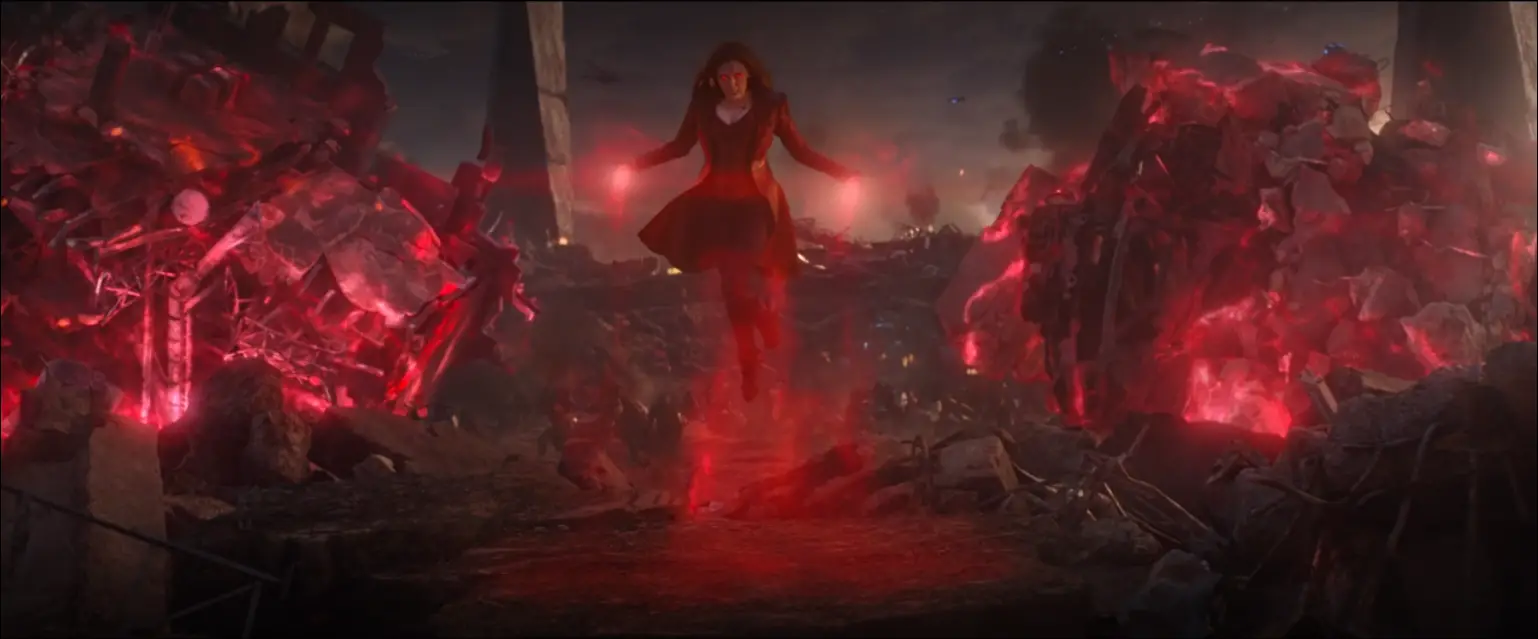
Avengers: Endgame. Photo: Marvel Studios
In fact, at one point, Stark points to the sky and references what’s out there was “the endgame.” Marvel’s good at storytelling, y’all.
Perhaps the most intriguing development involves Bruce Banner and Natasha Romanoff, who appear to be approaching couple status. She can even control the big guy some.
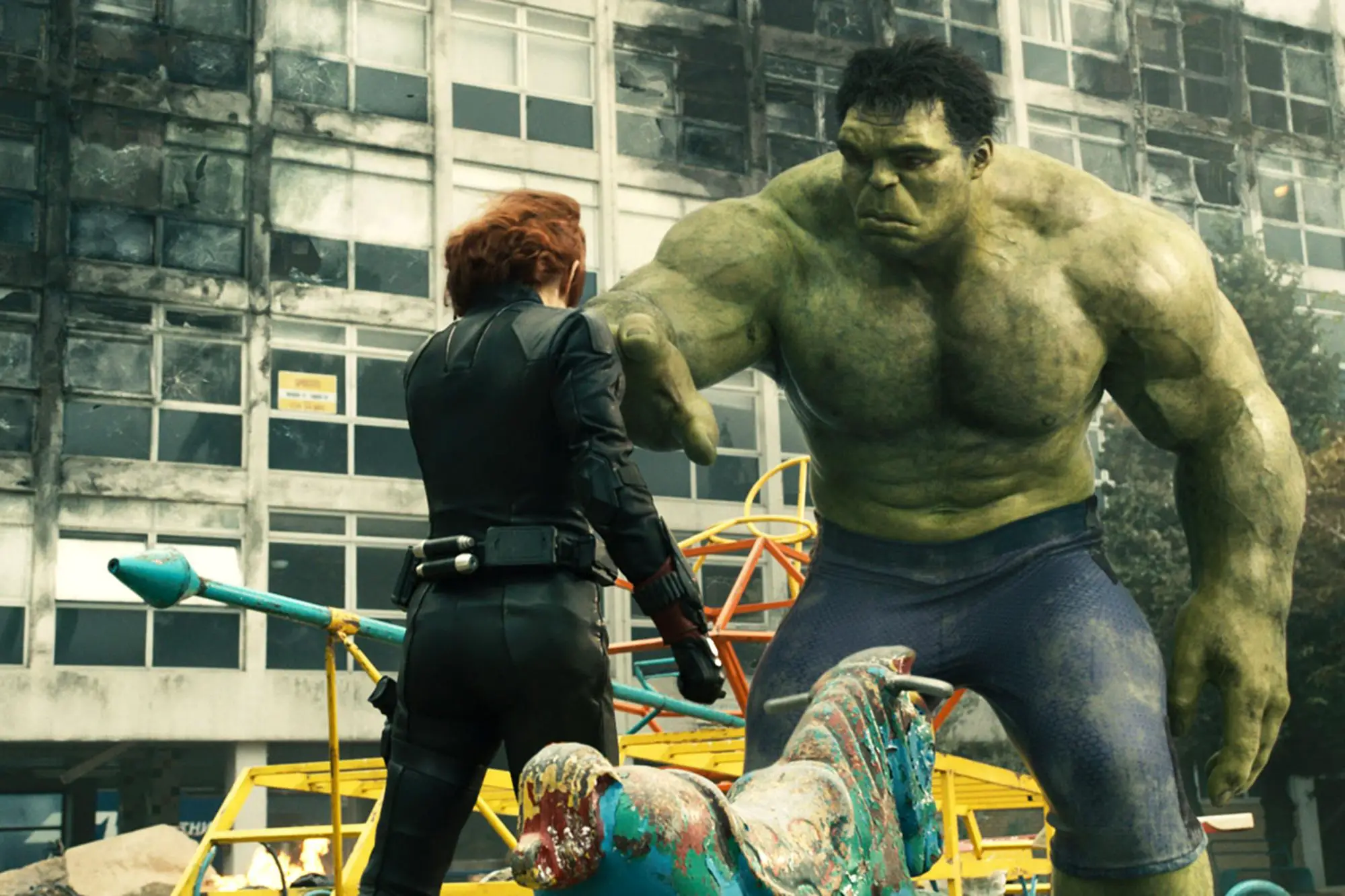
Photo: Marvel Studios
We have one other underdeveloped new character, Helen Cho, a South Korean geneticist who creates tech that Ultron will obviously steal.
She’s just there to be in peril later, making her more one-dimensional than most Joss Whedon characters.
However, she later plays Nagini in Fantastic Beasts: Crimes of Grindelwald. So, I dig seeing her in an earlier role.

Claudia Kim as Helen Cho. Photo: Marvel Studios
Anyway, the first 30 minutes of Age of Ultron feels fresh and vibrant.
There’s an awkward ethics debate between Banner and Stark, but it’s counterbalanced by a brilliant drinking scene where everyone tries to lift Mjolnir.
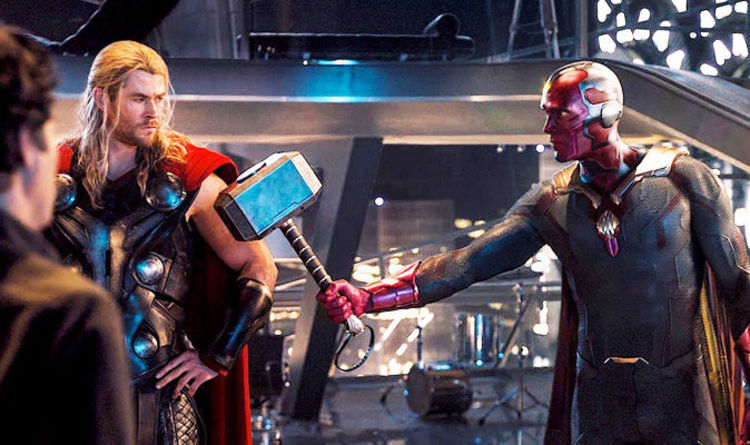
Photo: Marvel Studios
Nobody does fan service better than Marvel. Plus, the ethics debate serves a purpose, as Ultron comes into being as a confused infant with the power of a deity.
A Messier Middle
The inside-baseball aspect of this conversation involves the inner workings of Marvel. At the time, Edgar Wright had dropped out of Ant-Man due to creative differences.
Wright found Marvel too pushy about its vision for stories. After The Avengers, you may think that Whedon was above such nonsense. Au contraire!
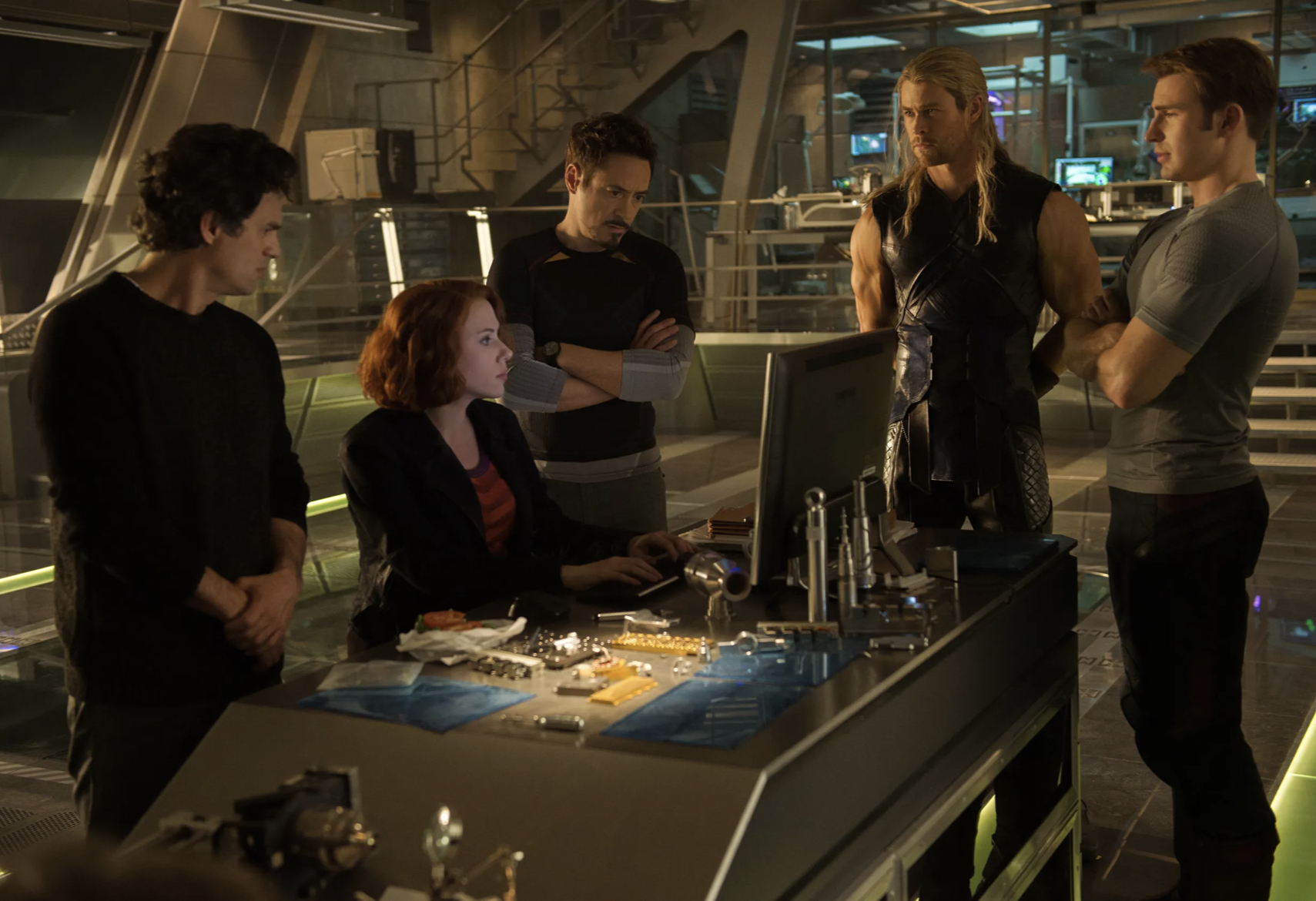
Photo: Marvel Studios
Directing the sequel sent Whedon into a spiral that now seems permanent in the wake of revelations about his personal life.
At the time, outside observers took his side as word leaked that Marvel pressured him to change aspects of the story.
Then, he struggled to meet the hard deadline for finishing the film. This wasn’t a project Marvel could delay. Its new owner, Disney, expected a financial windfall that quarter.
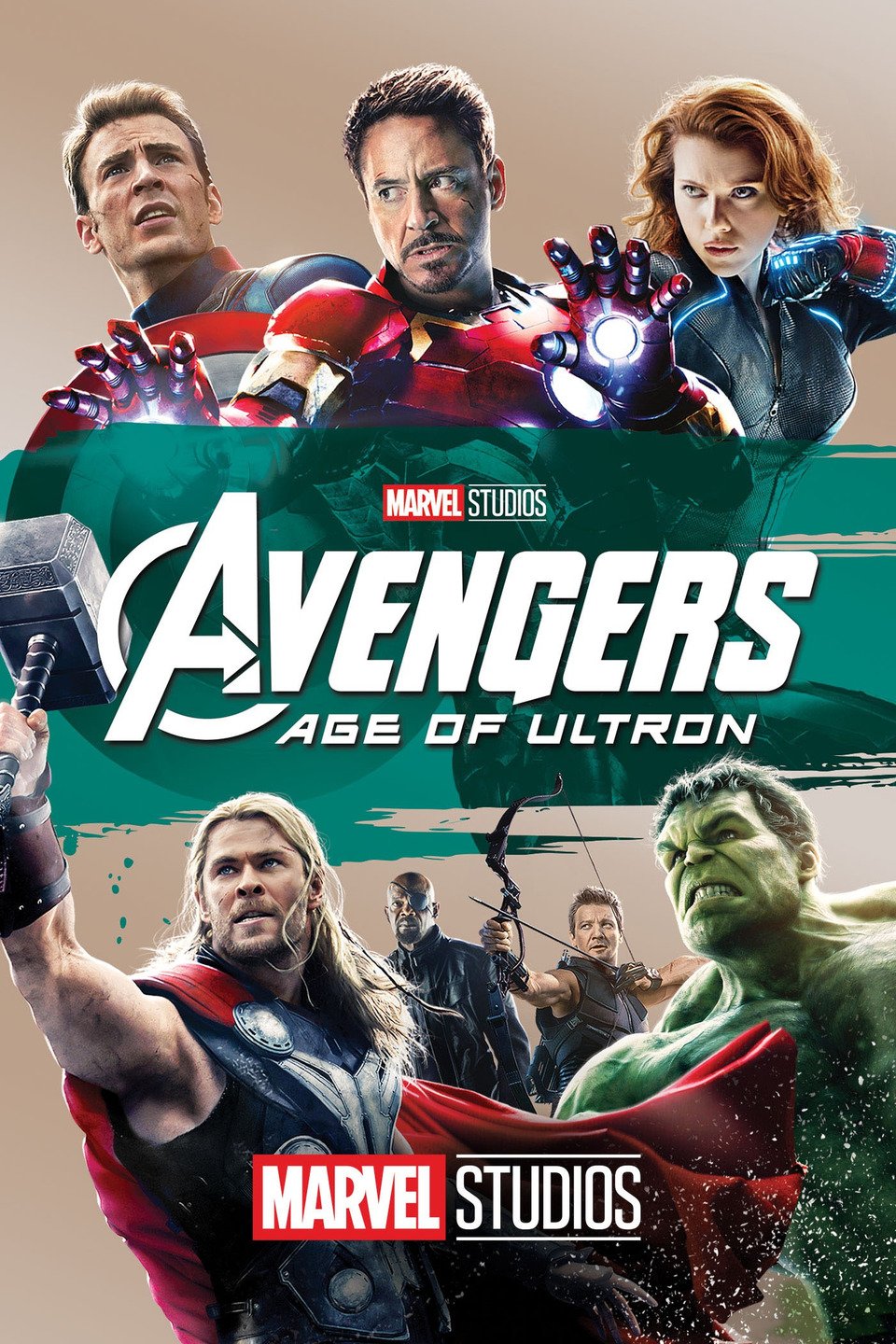
Photo: Marvel
For this reason, parts of Age of Ultron make no sense. For example, there’s an entire sequence where the Avengers experience hex-visions that feels like it’s from a different film.
If this were a cake, we would have stuck it back in the oven for another two minutes. Unfortunately, it wasn’t quite ready yet.
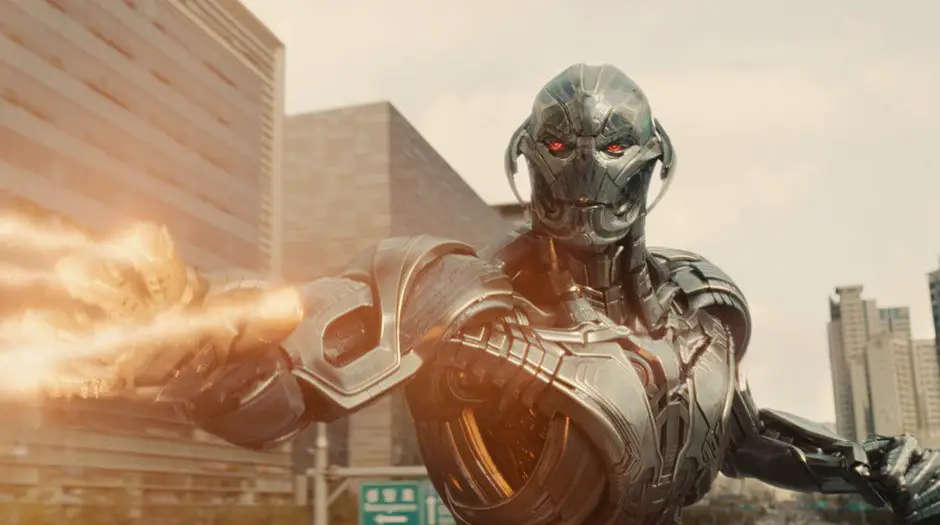
Photo: Marvel Studios
Still, we have plenty of good stuff that vastly outweighs the minor missteps.
Ultron encounters the twins and immediately appreciates their value. But, they…aren’t sure about him.

Photo: Marvel Studios
However, they hate Stark more. The three of them have that in common.
Pietro recounts an event that later proves seminal in WandaVision. Someone named Stark set up the bomb.
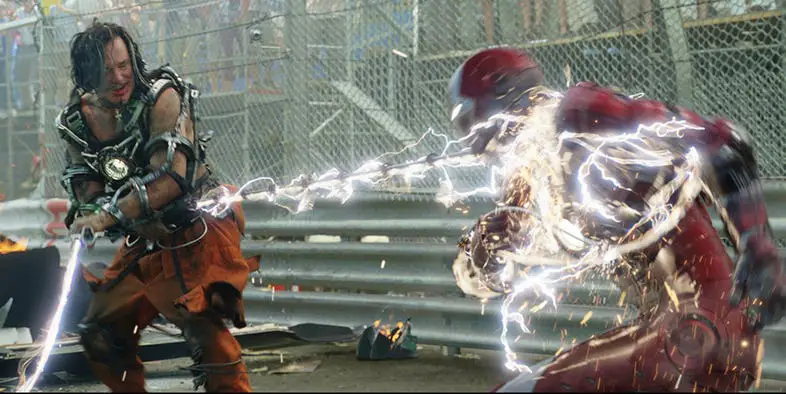
Photo: Marvel
Also, I cannot stress enough that Ultron’s dialogue is precise and perfect throughout the film. He’s amoral, judgmental, and terrifying.
Ultron’s enough to make me want to uninstall Siri.
Of course, the real problem comes when Wanda unlocks The Hulk’s dark half.
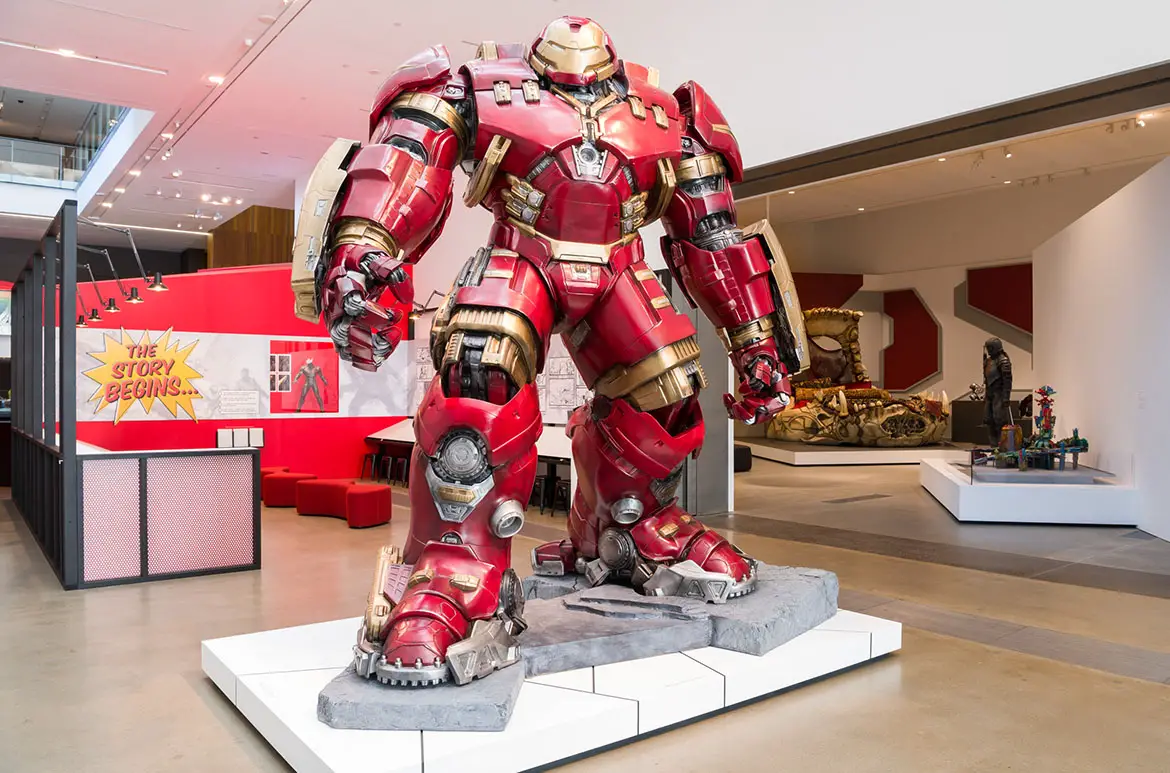
Hulkbuster statue, ‘Marvel: Creating the Cinematic Universe’ GOMA 2017 / Fibreglass replica / Collection: Studio Oxmox Pty Ltd / Based on the character from Avengers: Age of Ultron 2015 / © 2017 MARVEL. Photo: Natasha Harth/QAGOMA
This allows Stark to break out the Hulkbuster armor, which is once again high-quality fan service.
A Fascinating Conclusion
Look, this production didn’t go well, and people who work in movies can’t help but notice the blemishes.
In the final days of media, Whedon all but washed his hands of the project.
He thought he had a soft landing at DC Comics and Warner Bros., who wanted to build the DCU.
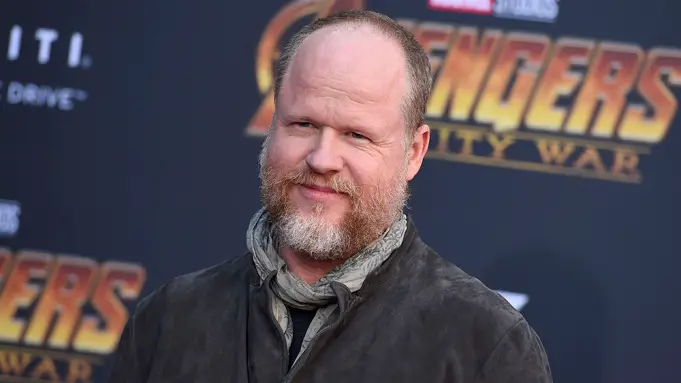
Photo: Jordan Strauss/Invision/AP/REX/Shutterstock
Alas, the director had gone into meltdown mode by this point, and impending revelations turned him into persona non grata.
In a way, Marvel dodged a bullet by having these problems. Still, the Sokovian showdown gets messy. It’s over the top in the way that many DC films are.
Marvel’s historically better than this, with a couple of notable exceptions, at least one of which I’ve previously discussed in this series.
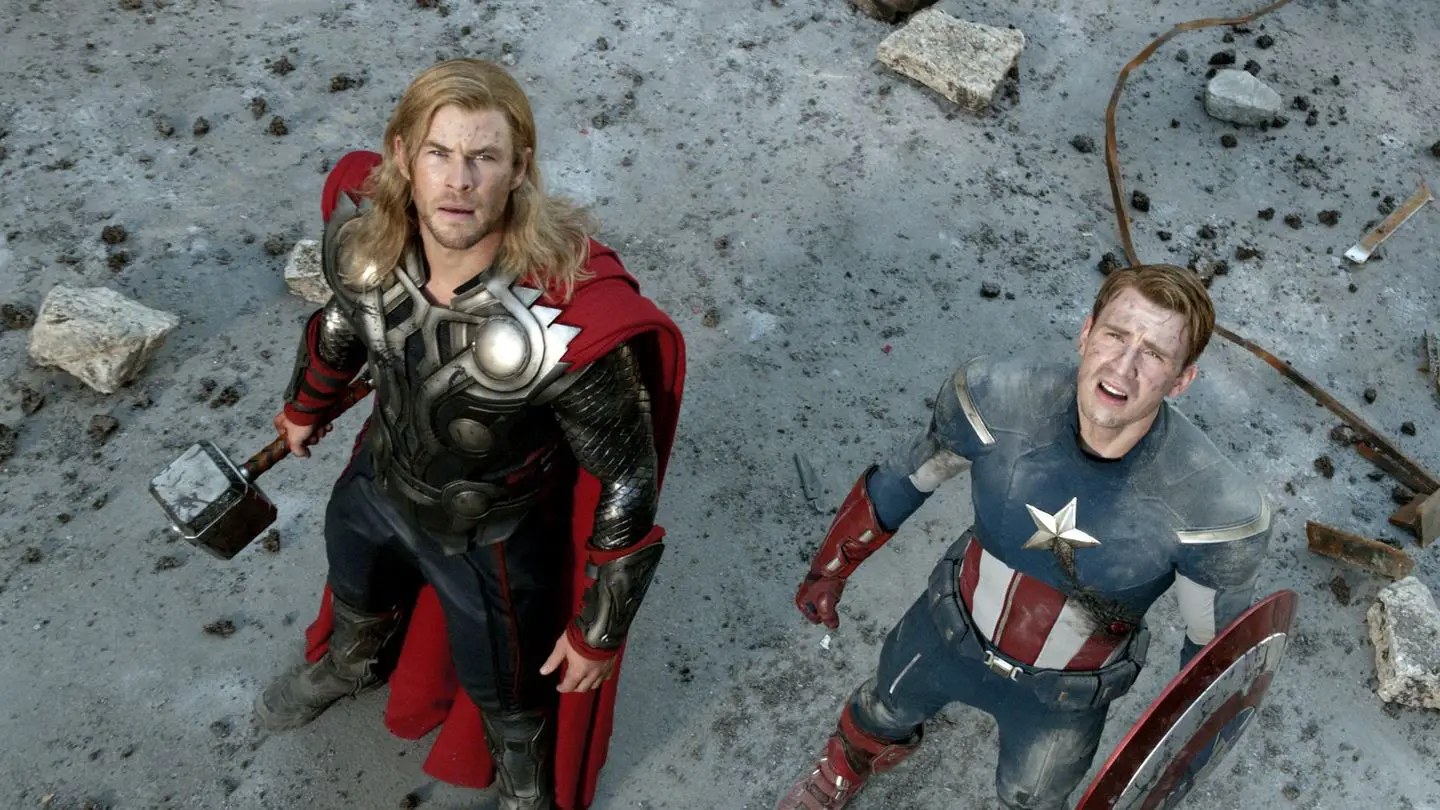
Photo: MTV
Even so, Age of Ultron features MANY high points. Ultron’s constant annoyance with humanity plays perfectly.
The twins gain a perfect excuse to turn face after they learn of Ultron’s supervillain plan. His disappointment seems plausible and honest, even though he’s a machine.
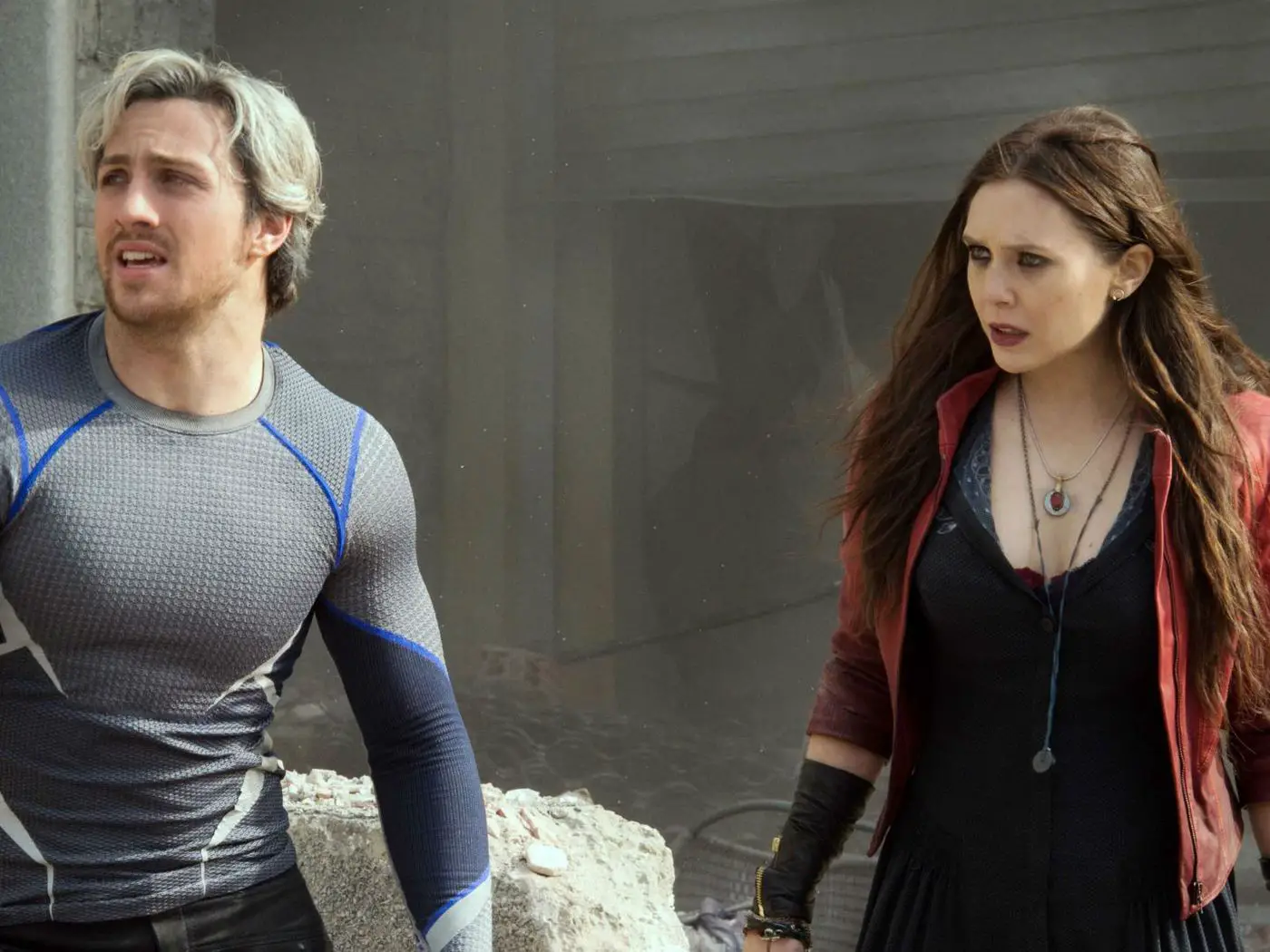
Photo: Marvel Studios
Meanwhile, Wanda sees the real Tony Stark and persuades her ostensible foe, Steve Rogers, to accept the danger.
Ultron IS Stark as a thinking robot. That’s masterful. And the Scarlet Witch looks all the more impressive for recognizing it.
Wanda’s Age of Ultron Arc
In fact, the story arc for this character embodies the best of the MCU. She starts as an antagonist before having an epiphany about an ally.
Later, she recognizes the nobility of Captain America and listens to the wisdom of Hawkeye, a guy with just a bow.
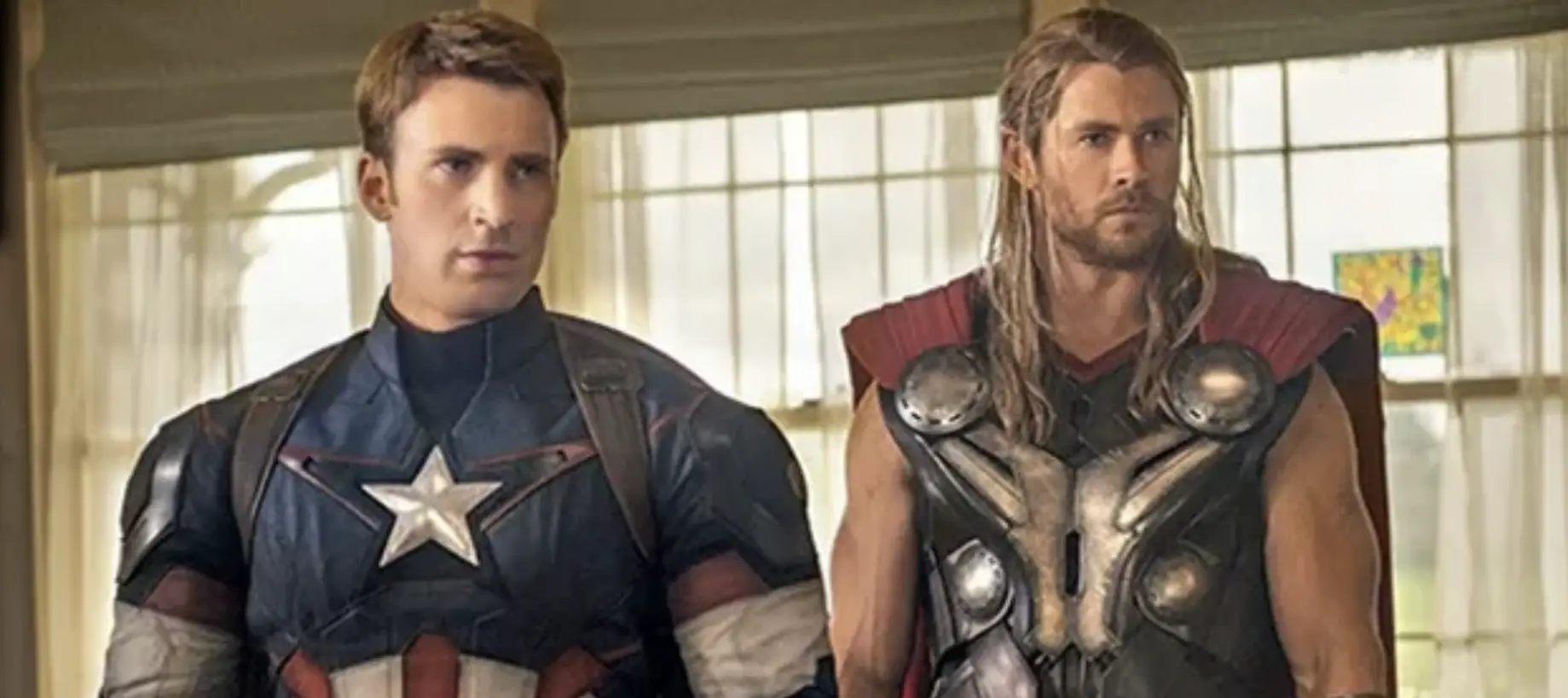
Photo: Marvel Studios
Wanda also suffers another loss in this film, as Pietro dies nobly. This happens after they’ve described how their parents died and the resulting trauma.
During Wanda’s lowest moment in the film, she also cowers in a room eerily similar to the one where her parents died…and now she’s all alone.

Photo: Marvel Studios
We’re watching the breaking of an Avenger already, even though it gets hidden by something else. Wanda meets her paladin, the robot born yesterday, Vision.
Only with the benefit of hindsight do we recognize their Shakespearean relationship. They’re doomed lovers of the highest order.
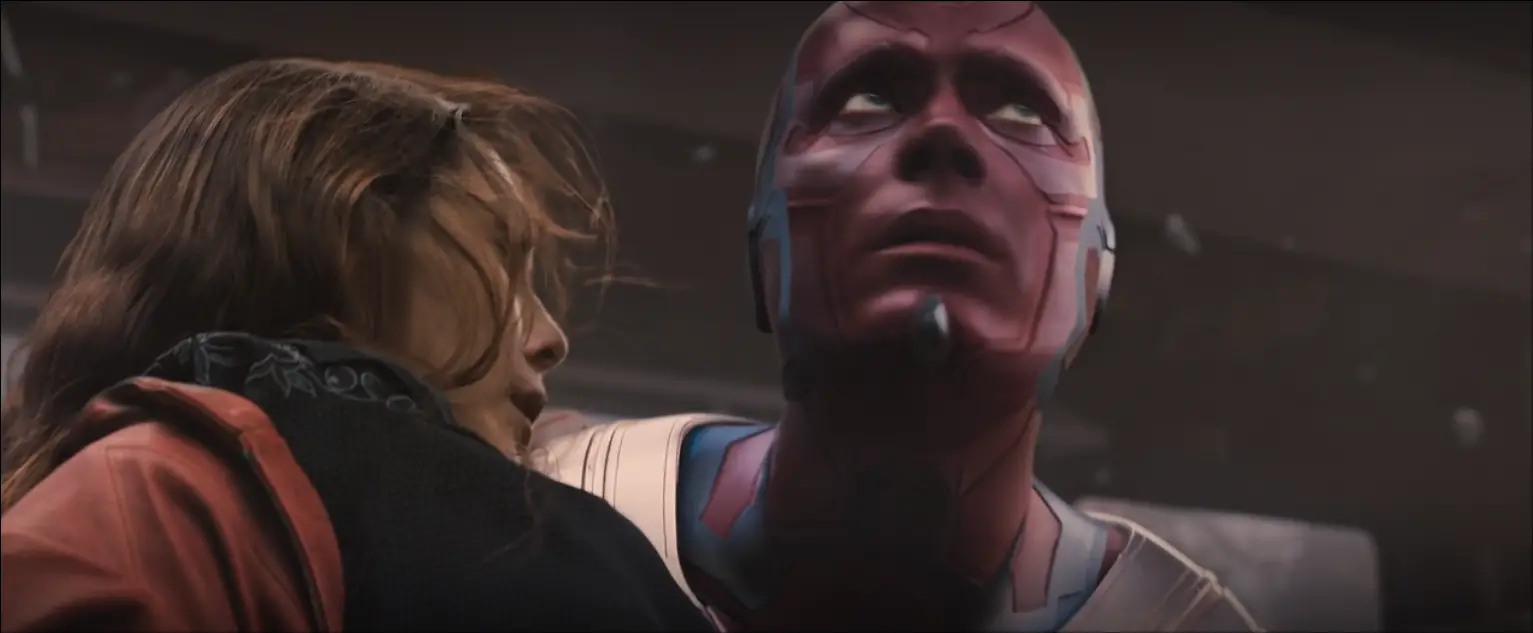
Photo: Marvel
She has lived a life of pain; he is an innocent being brimming with optimism. The opposites attract, although little of that happens in this film.
I still love watching this film set the table for one of Marvel’s most fascinating relationships, WandaVision.
Final Thoughts
The Battle of Sokovia also sets the stage for Captain America: Civil War, as Wanda helps Rogers see Stark in his naked ambition for the first time.
That broken trust will fester until the heroes battle Thanos for the final time.
Also, Hawkeye’s tutoring of Wanda deserves special credit. Whedon’s usage of Hawkeye in his Avengers movies elevates the character.
How does this regular joe hold his own on a team of demigods? He’s smart, he’s wise, and he cares. It’s that simple.
Finally, I want to give the film credit for that one memorable superhero shot where the camera spins around the Avengers while they battle a robot army.

Photo: Marvel Studios
That’s a comic book panel come to life. It’s one of the best moments ever in the MCU.
For all these reasons, Avengers: Age of Ultron remains challenging to grade. The film’s warts only grow more noticeable with some distance from opening night.
However, the high points prove all the more impressive with the benefit of time.
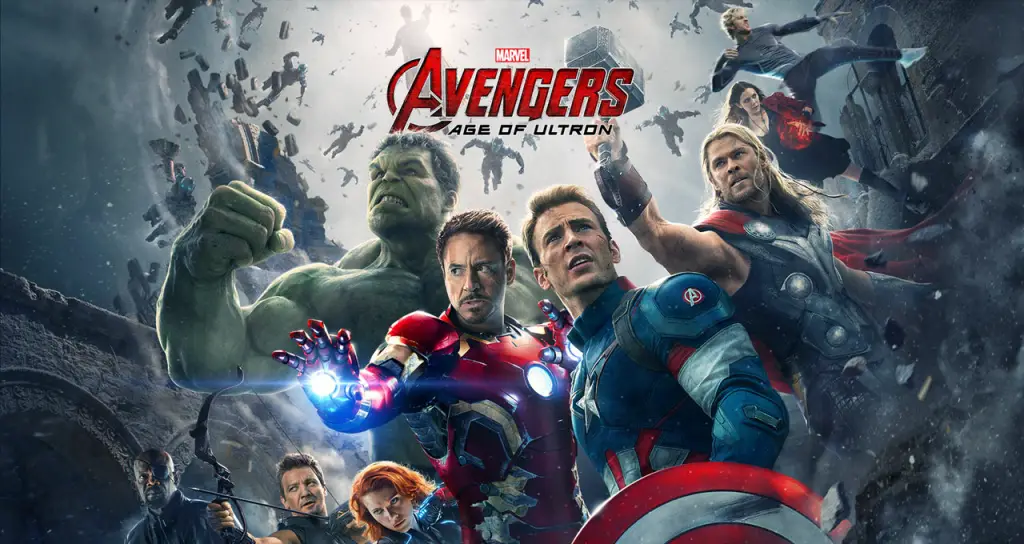
Photo: Marvel
As such, I give Avengers: Age of Ultron an A but understand why others like it less.
For me, the best parts of the film overwhelm the worst ones. If you disagree, I fully respect that. It’s decidedly imperfect.



